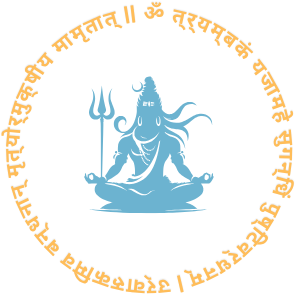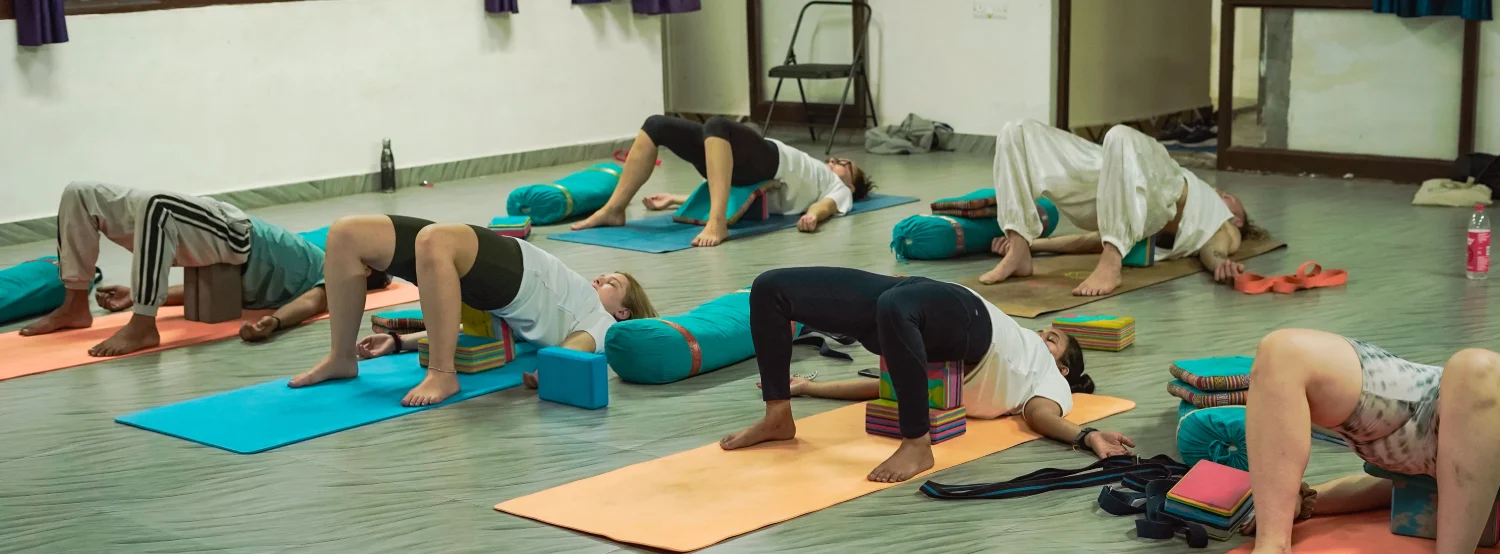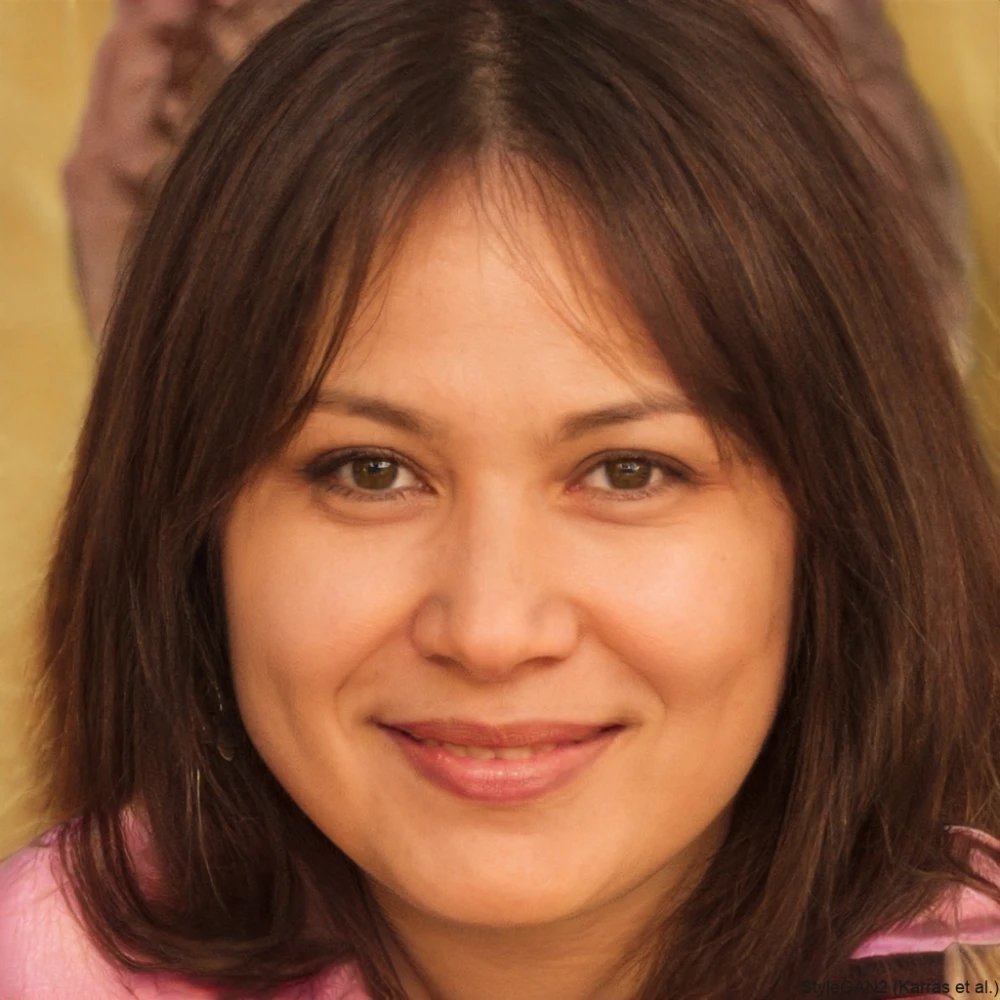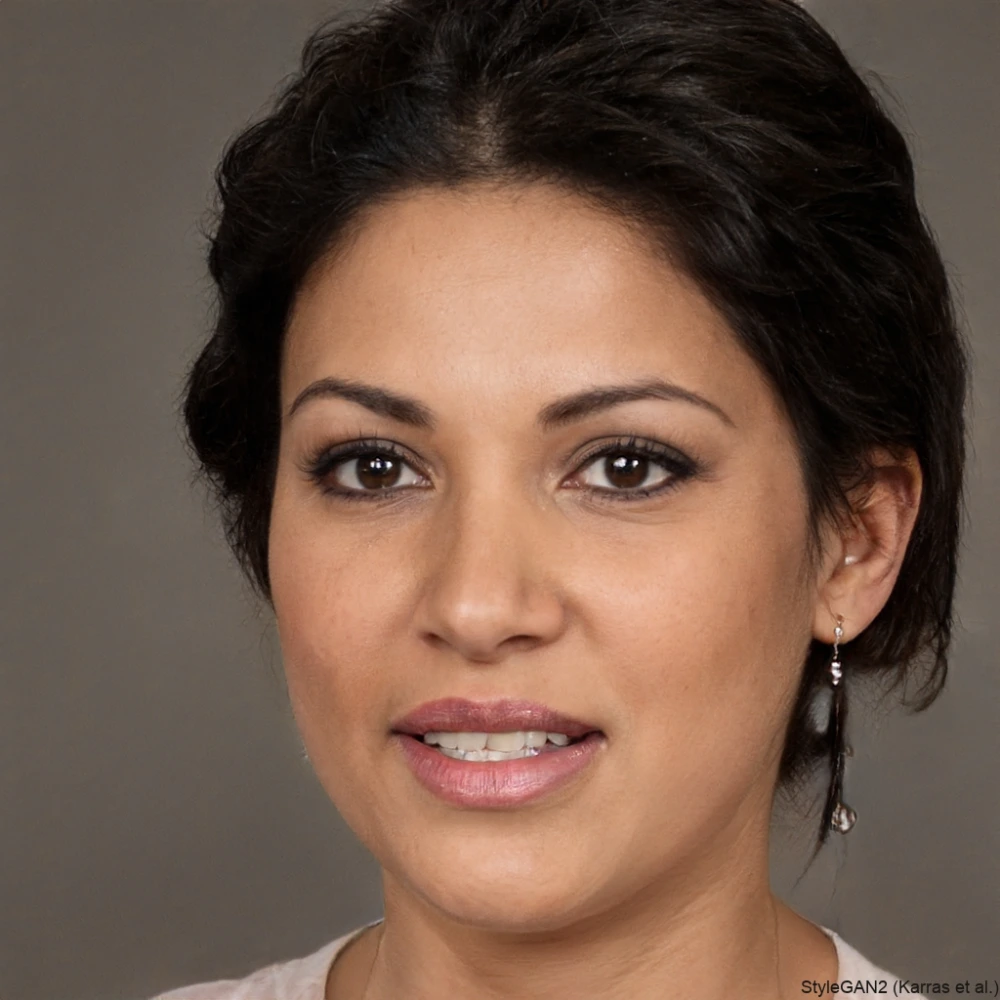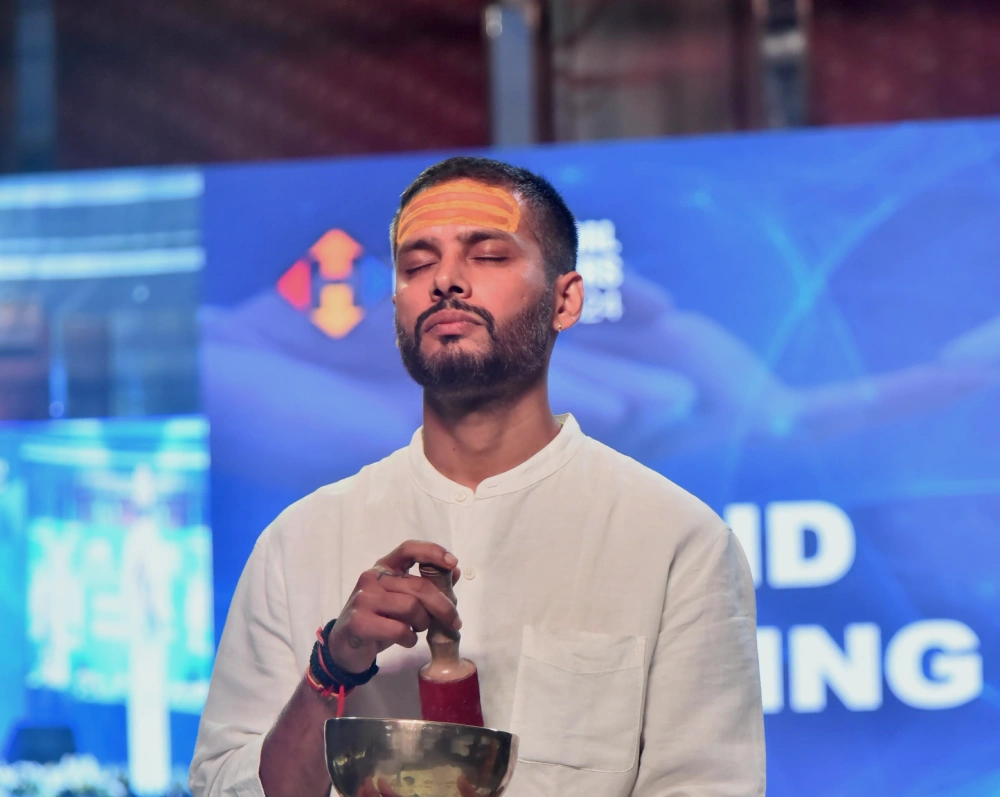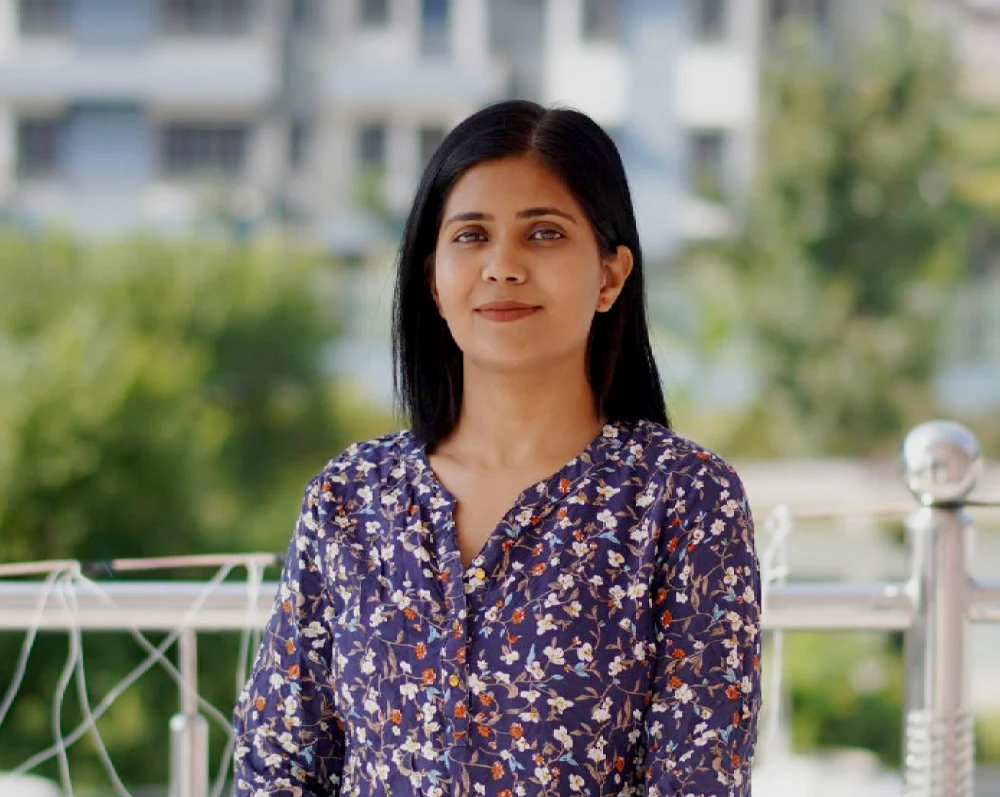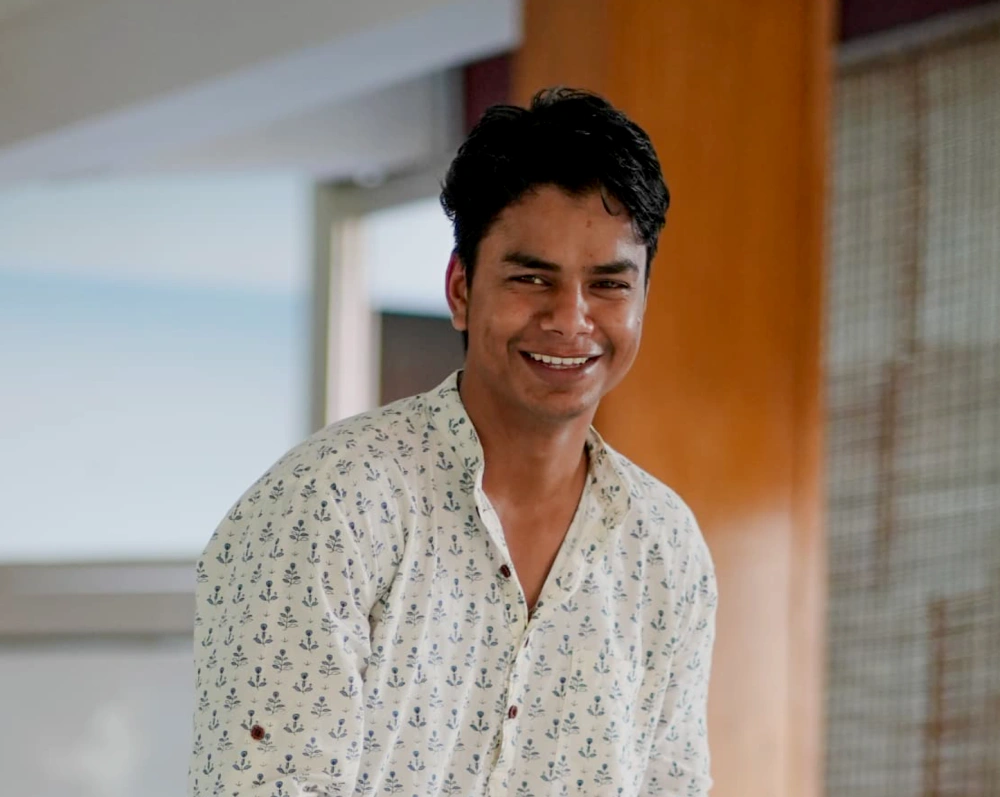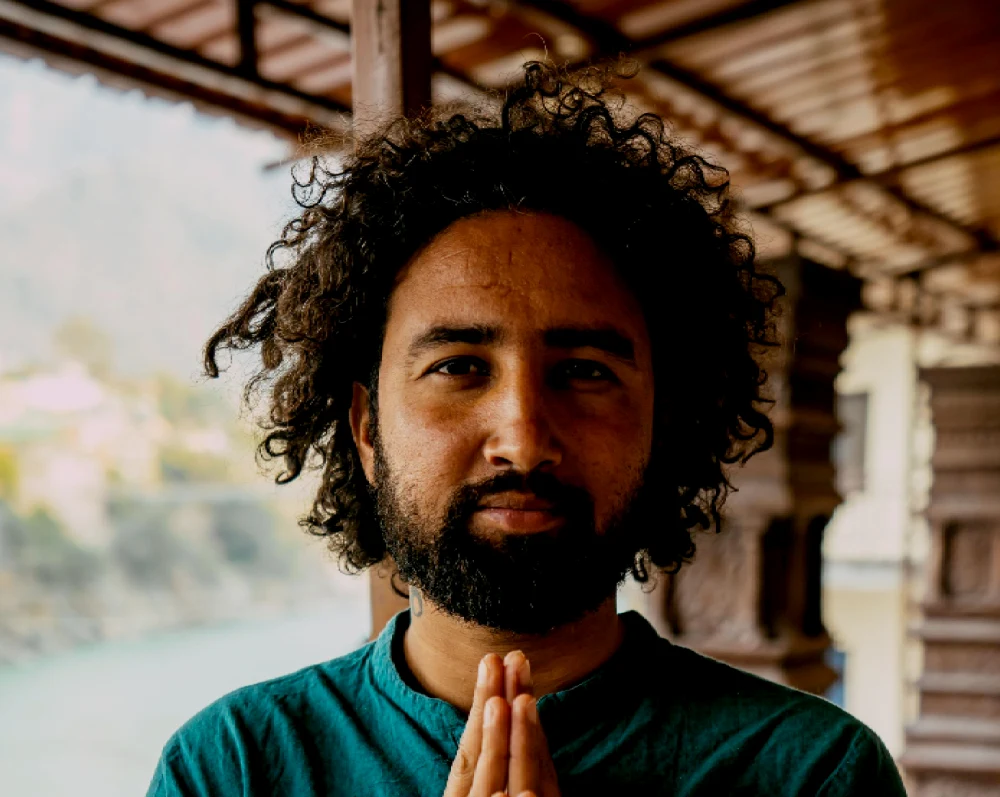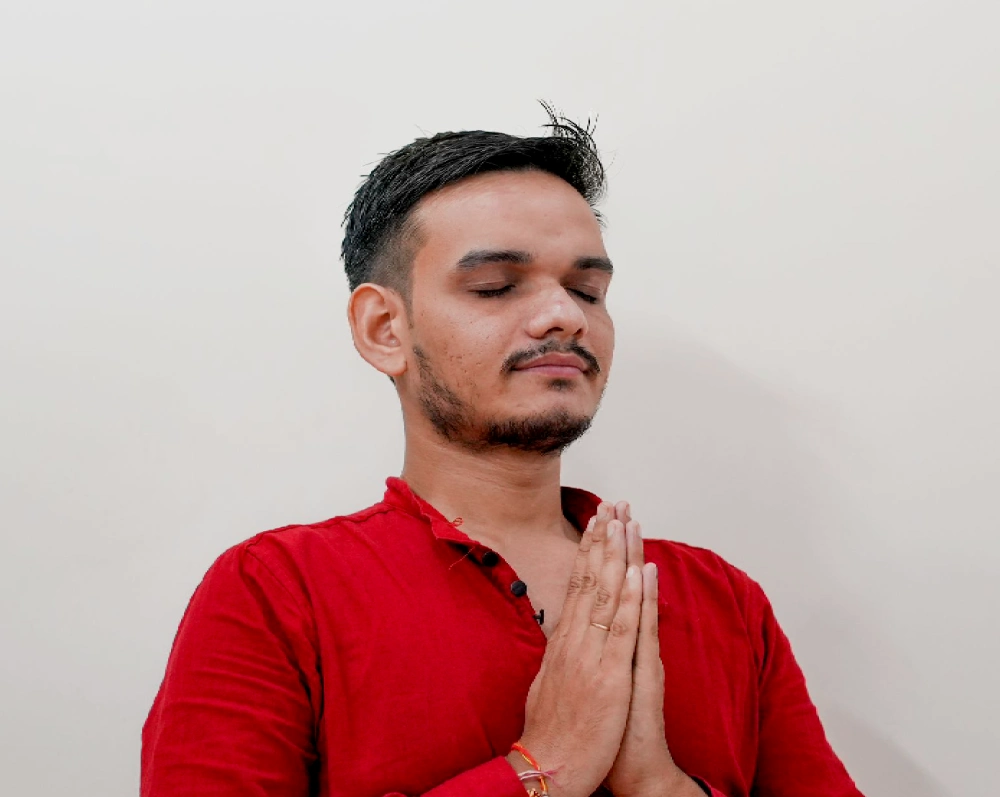Ashtanga vinyasa is the dynamic form of doing asana. In this dynamic form of practice, achievements are attained by synchronising the body, mind and breath to a single rhythm. There are 6 series of this special practice.
- Ashtanga Primary Series
- Secondary Series
- Advance Series A,B,C and D
In our 200 hour yoga teacher training course students will learn the primary series of Ashtanga Vinyasa, which is called “YOG CHIKITSA,’ here Chikitsa means Therapy, so this series is also known as Yoga Therapy.
Why it is called Yoga Therapy?
Most of the asanas in the primary series of Ashtanga Vinyasa are forward bending poses which directly work the digestive system. A healthy digestive system means the whole body is diseases free. Therefore it work as a therapy for entire body and thus makes this series as therapeutic yoga.The Ashtanga practice is divided in two parts in this yoga course. One is Led class by the lead teacher in which teacher will guide the students with instruction and students practice by following each instruction. Second is Mysur style practice which the students will do a traditional way of Ashtanga Vinyasa with their own pace while understanding the rhythm of the breath.
First series is divided into three sections:
- Standing sequence which is the foundational part of Ashtanga vinyasa.
- Sitting sequence of Asana
- Inversions
In the First Week, A detailed study and practice on the standing foundational sequence of primary series with proper alignment is done. Once the students get familiar with foundational part of Ashtanga vinyasa teachers gradually leads them to the further sitting series and inversions. So by the end of the course students are able to perform whole series by their own with proper alignment and adjustment of each Asana.
Due to the creation of heat in the body, Ashtanga Yoga cleanses the body through sweating. Body gets more clear and gradually get into a natural shape when we practice it continuously. This characteeristics of Ashtanga Vinyasa practice make it one of the greatest and most demanding. Breathing and eyesight are important part of this particular type of practice. The body moves with the rhythm of the breathing from one asana to another asana. And when this action is continuously moving it takes the form of Meditation, thats the reason ashtanga vinyasa practice is also called a “DYNAMIC MEDITATION” The rhythmic of the body and breathing, leading to a special kind of control in the body, making the body effortless and smooth, even in every difficult posture. The body starts to feel lightheaded.
Eyesight or Drishti also has special significance in Ashtanga Yoga. The practice of Sight (Drishti) brings focus and focus brings stability in mind, which is extremely important for yoga practice. A human body has nine openings (doors), one is eyes. And this door or opening is very near to brain. Whatever disorders arise in the mind is because we do not have the control on our Eyes, due to which things from outside enter into our brain and the mind stores whatever it receives. The practice of Drishti controls this door, leading to a clear and stabilised mind. This practice is essential for the sadhaks whose body is rigid and lacks of flexibility. Continuous effort of this practice makes the body open by Third Week and makes difficult or advanced yoga posture easier. During this process, the students learn the method and technique of control on the body, making him or her to perform the Flow and Float, Handstand, Headstand, Intense Back Bend and related movements with ease and confidence.
